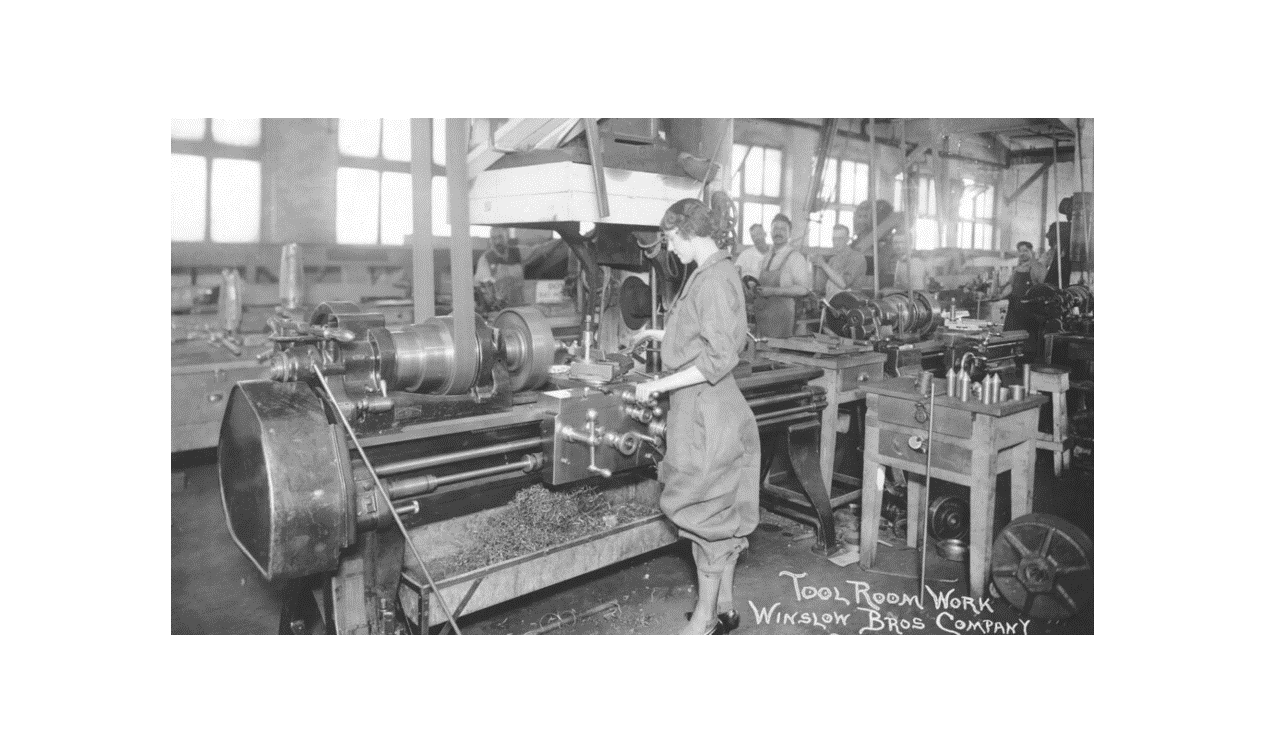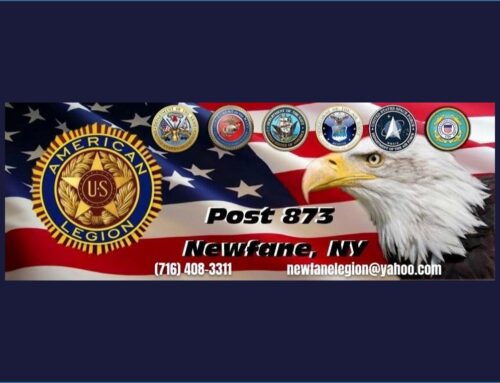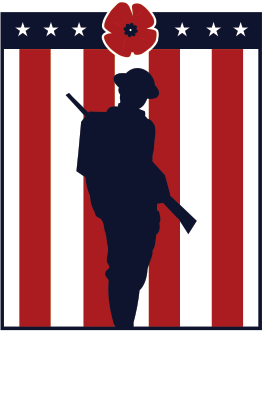Arizona At War – World War I
Published: 1 July 2023
By Heather Roberts
via the Heritage Square (AZ) web site

Arizona in WWI
“The standard of respectability in America today is to own a home, own Liberty Bonds and have a war garden.”
– Phoenix Tribune, August 24,1918
World War I may have started as a fight between neighboring nations Serbia and Austria-Hungary, but by its end over 30 counties across the globe were involved with tens of millions of soldiers. Though the fighting began in in 1914, the United States stayed mostly neutral until early 1917, when a combination of an increase in German submarine attacks and the discovery of the Zimmerman Telegram – an encrypted message from Germany to Mexico, encouraging it to join the war on their side – made neutrality seem all but impossible.
America declared war in April 1917, and Congress quickly passed the Selective Service Act on May 18th, allowing the government to mobilize an army through conscription. On June 5th, all men between the ages of 21 and 31 were required to register for potential service (the draft age to would later be expanded to men between 18 and 45 years of age). The first draft numbers were randomly picked later that month, and the names of those chosen were published in local newspapers in July – among those listed in in the July 17, 1917 Arizona Republican were Hazel (Goldberg) Melczer’s husband, Joseph, and Jesse Jean (Higley) Lane’s future husband, Eben. Both of Jesse Jean’s brothers were already in the military by that time – Thomas with the Marines, and James in officer training in Presidio, CA. Approximately 10,500 soldiers from Arizona would go on to serve during World War I. This included Native Americans as the first “code talkers”, though they weren’t yet recognized as American citizens; and African Americans, who were allowed in the draft over the protest of many southern politicians, and who served in segregated battalions doing jobs that were mostly menial and labor oriented (only the 92nd and 93rd Divisions saw combat in France). The October 18, 1917 Arizona Republican listed the 14 local African American men who had recently been drafted (the Phoenix Tribune, first Black owned and operated newspaper in Phoenix wasn’t established until the next year).
With their sons and husbands leaving to fight, at home America was preparing for war. Along with building an adequate fighting force, one of the top priorities the US government had was figuring out how to pay for the war. Taxes raised about a third of the money needed, but the majority of the war was financed with loans backed by government issued Liberty Bonds. An estimated 20 million Americans bought Liberty Bonds and, spending generally $50 to $100 per bond, raised over $17 billion for the war effort through four bond buying “campaigns”. (In case you’re wondering, $50 in 1917 is worth about $1100 today, and $17 billion in 1917 is worth over $400 billion today) Liberty Bond campaigns were promoted by everyone from local Girl and Boy Scout troops to famous celebrities like Douglas Fairbanks and Mary Pickford. Names of people who bought bonds along with municipal bond totals were proudly touted in local newspapers. In Phoenix you’d find names on the list from Heritage Square families, including the Goldbergs, the Silvas, the Gammels, and the Haustgens. Ed Haustgen – brother to Anna and Marguerite Haustgen of Heritage Square – also sold a Heifer calf at auction to support the Red Cross in 1918, raising $85 ($2019 today).
The American Red Cross were involved in the war from the start when they launched their “Mercy Ship” to help war wounded soon after hostilities began. They also staffed, stocked, and supported hospitals along the front lines, caring for all casualties. But when the US joined the war, their efforts focused primarily on care for American and Allied troops. Back home, the Red Cross accepted donations of money and materials to support their efforts, and built a corps of 8 million volunteers and 31 million member donors by the end of the war. The volunteers included 12,000 women who joined the Red Cross Women’s Motor Corps, driving ambulances at home (though 300 would do so abroad), and over 22,000 women who were recruited and professionally trained as nurses. The nurses would go on to work for the US Army and Navy, for British and French units, and for the Red Cross itself (though African American nurses were not allowed to serve overseas). Almost half would work at or near the front lines, with 330 casualties.
Read the entire article on the Heritage Square web site here:
External Web Site Notice: This page contains information directly presented from an external source. The terms and conditions of this page may not be the same as those of this website. Click here to read the full disclaimer notice for external web sites. Thank you.



